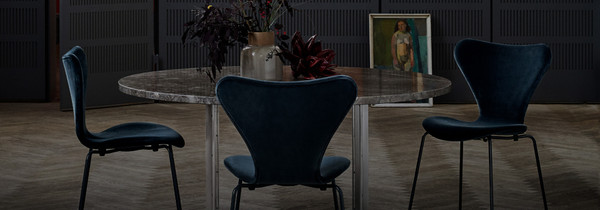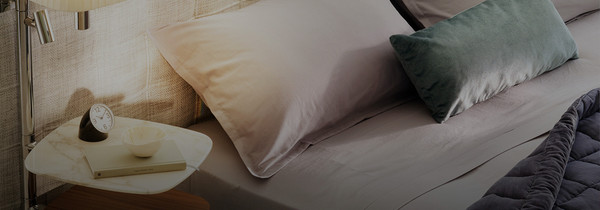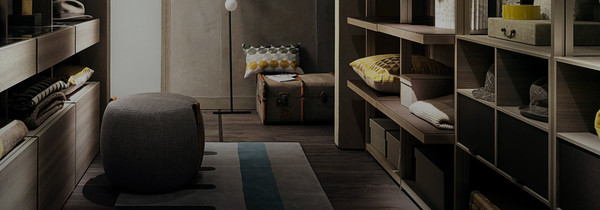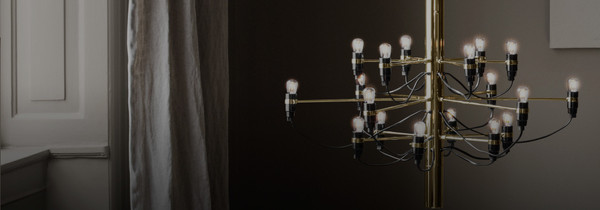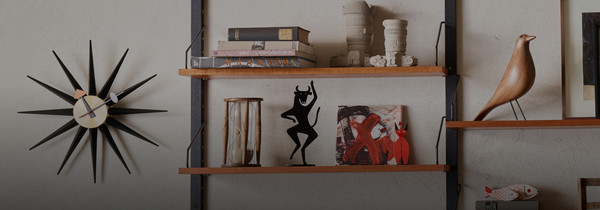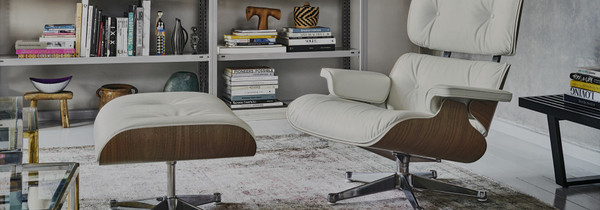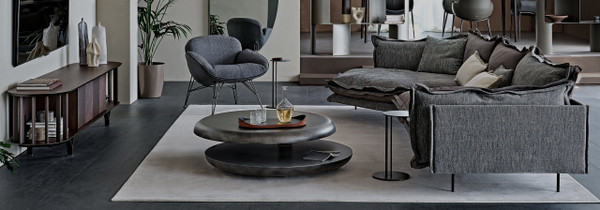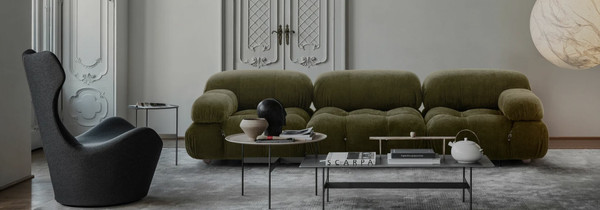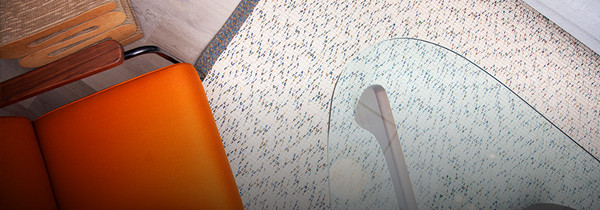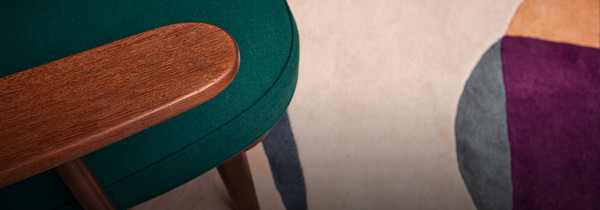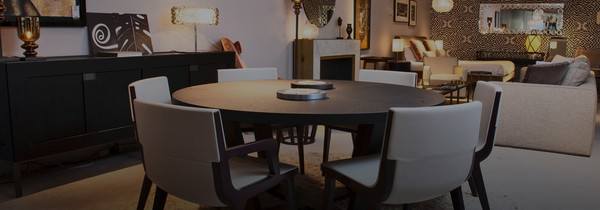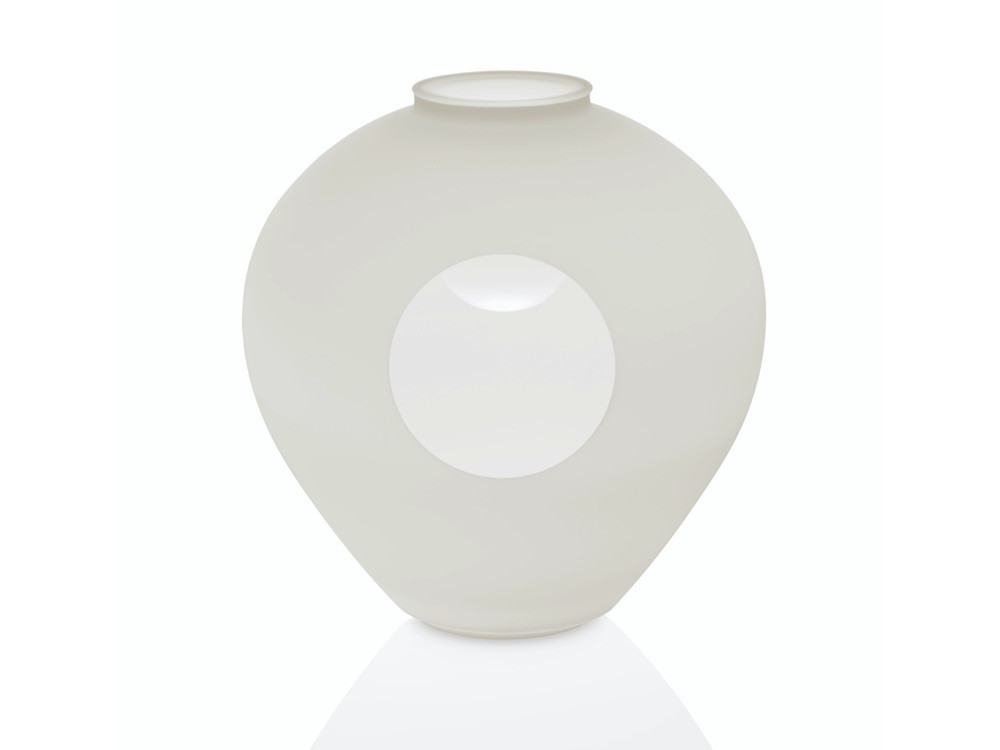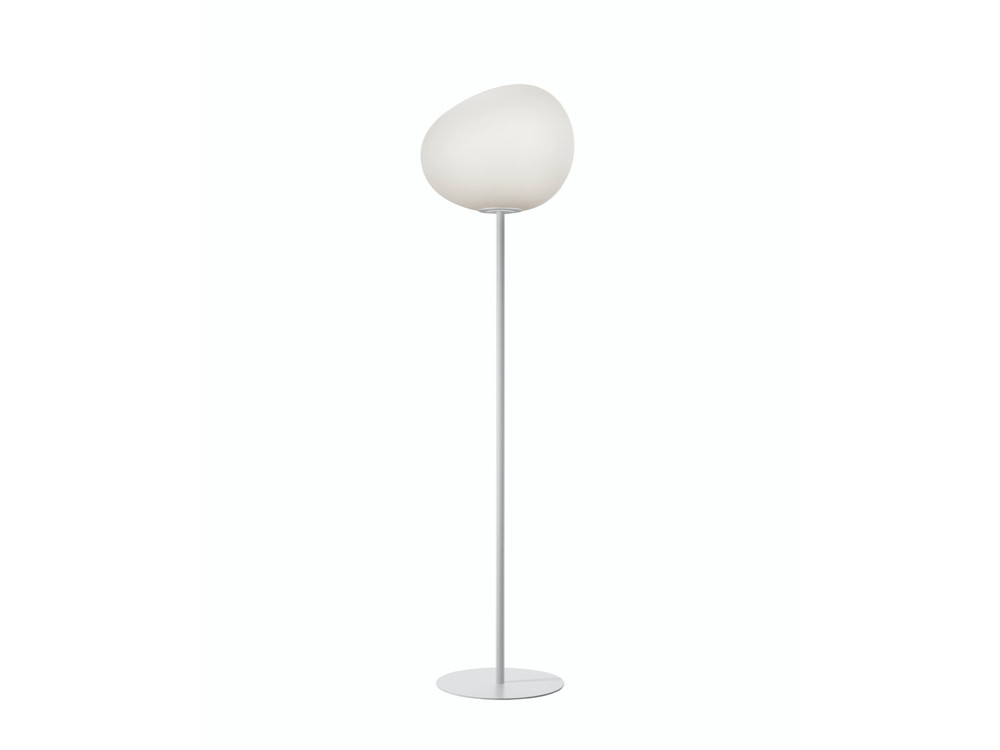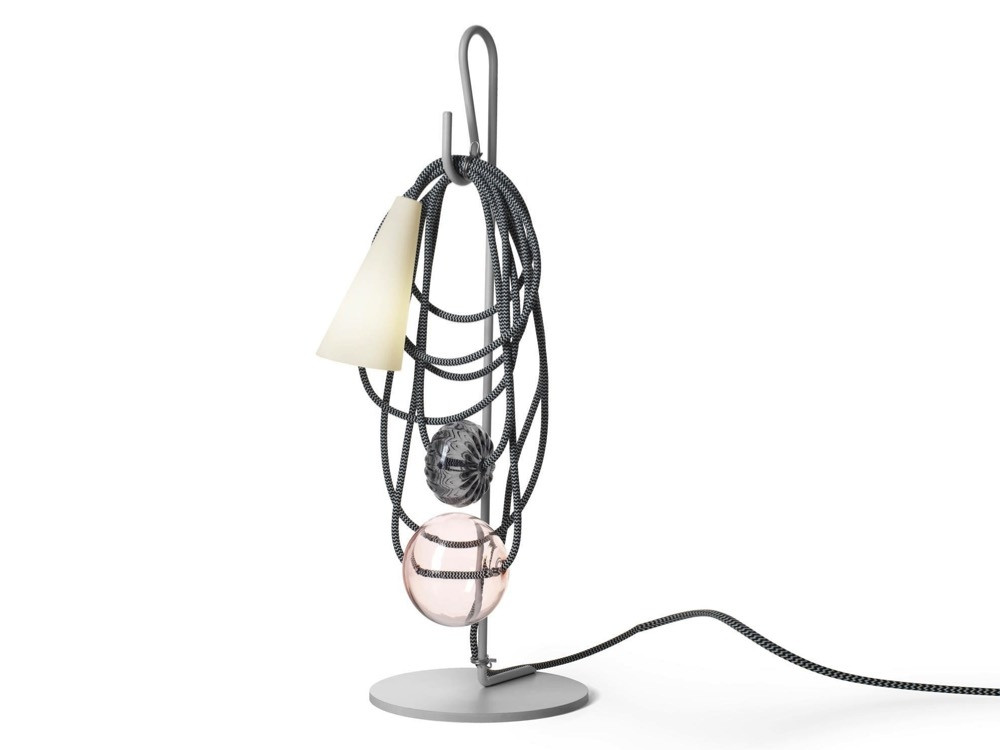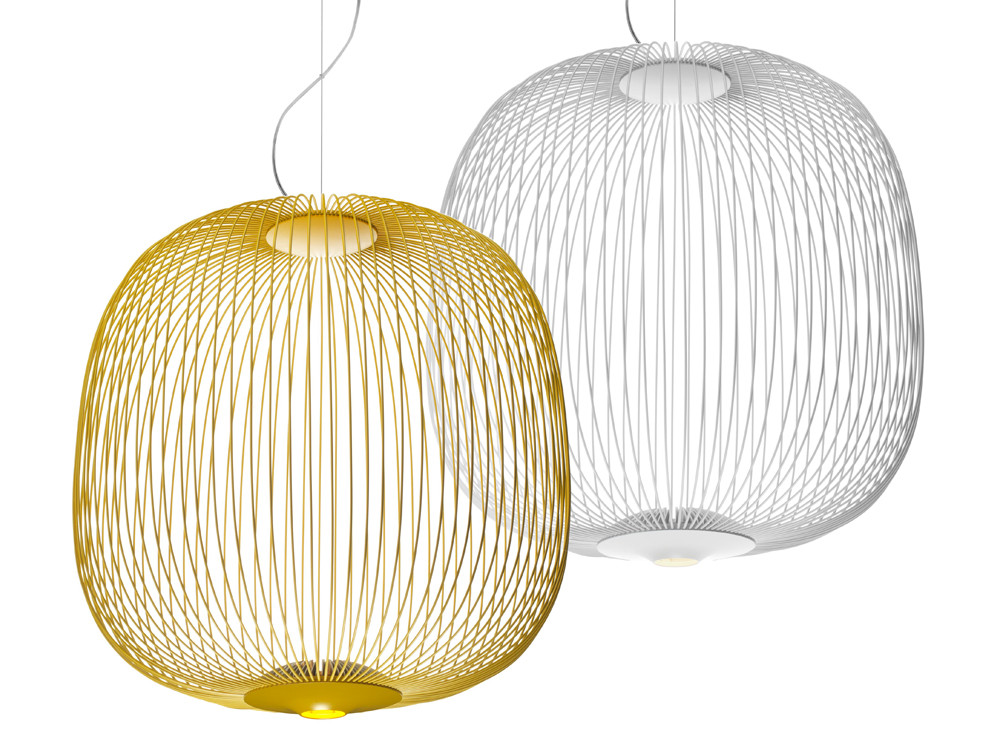
In Conversation With: Andrea Anastasio
Andrea Anastasio isn’t your typical Italian designer. An academic first and creative second, his life’s quest has been as much a search for knowledge as it is for self-expression. And yet, hidden talents have a funny way of creeping up on us. For Anastasio, it began when several of his thought experiments began to take on physical forms, emerging from his workshop as beautiful sculptural objects. In recent years, he’s dedicated himself to mastering the evocative language of light, a pursuit that has drawn him into the creative orbit of Made in Italy darling, Foscarini. This autumn, we sat down with Andrea to delve a little deeper into their shared philosophy of light.
You’ve long been fascinated by languages, especially those of the Far East. Does light have its own language(s)?
Yes, of course, light has its own language, I would say it has many languages. There is the functional dimension, the metaphysical, the metaphoric and the ritualistic. In Kyoto, a novel written by Yasuniro Kawabata, there is a passage in which two characters keep feeding fireflies inside paper lanterns so that they can light them up. Its a powerful and poetic image that brings together light, seasonal rituals, nature and culture.
How is this expressed at Foscarini?
Madre Table Lamp | Shop Now
I think that Foscarini has the difficult yet inspiring mission to keep conceiving the ornamental dimension of light, transferring it from the 20th century to the contemporary. More than that, especially at times of continuous changes that happen faster and faster, where the domestic space is undergoing radical challenges and internet is deleting the physicality of space, I think that focusing on projects that can generate lamps capable of telling stories while mirroring our existence is quite exciting.
The Filo, Madre & Gioia Lights all share a clear, sculptural quality. Did the design of one lead to or influence the other? Or can they each be understood as separate works in their own right?
Each project is an independent process. Every time I start gathering energies to focus on a new project I investigate a particular aspect of light related to a particular space of the house or to a particular aspect of daily life. It’s always the thought that moulds matter and form.
References to divinity abound in your work — a vase shaped like a fertility goddess, the striking marble nucleus of the Gioia Wall Light. How do you go about distilling such expansive ideas into a single object?
The thing that I value the most is the freedom to listen and to tune into the unfolding of daily life while it happens.
After all, the world is already full of things and objects, we don’t need to add [more useless ones]. And yet, as human beings, we feel the necessity to surround ourself with objects, projecting onto them quite a thick layer of meanings.
Conceiving new lamps to me is a journey into understanding materials, shaping them through high technologies or manual skills according to the anthropological aspect I wish to tackle with that individual lamp.
How did your collaboration with Foscarini come about? And how has that relationship evolved over the years?
It happened after an extensive article that Beppe Finessi conceived for Inventario – the art, architecture, design magazine that is produced by Foscarini. In a way it was the natural unfolding of that publication. We met and right from the first encounter we knew that we had a lot in common, starting from believing in keeping the range of inquiry as much free as possible.
How do you want people to experience your designs?
I always hope that these lamps become parts of the daily existential dimension and that they keep mirroring the unfolding of individual lives, accompanying them while life happens.










